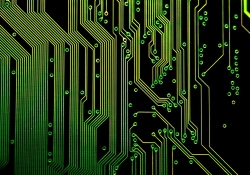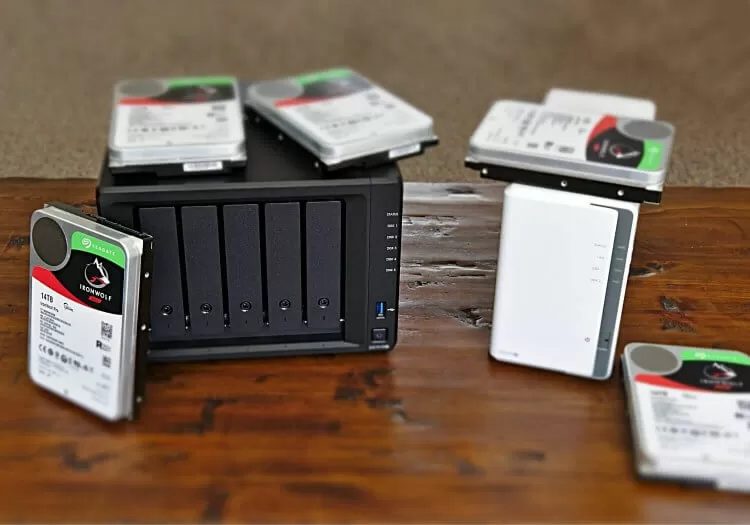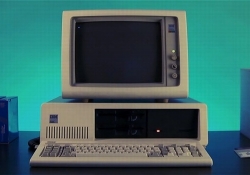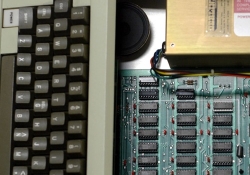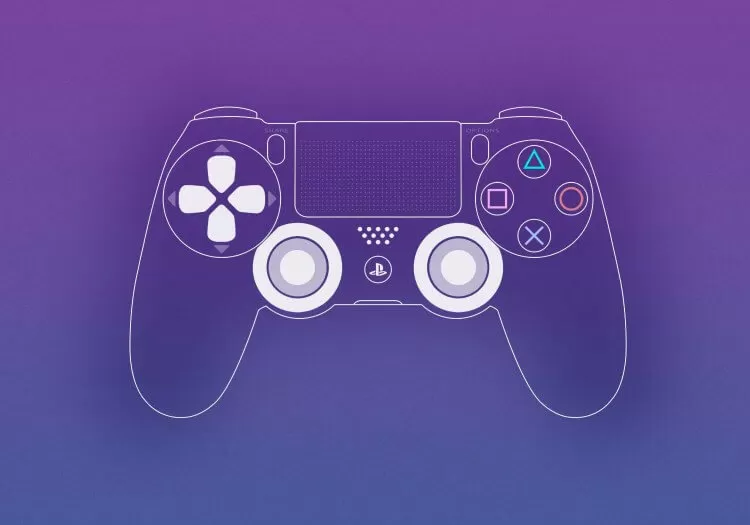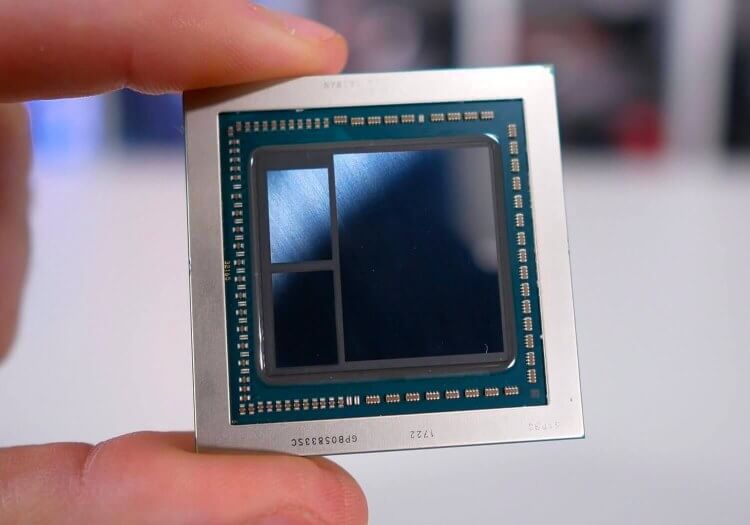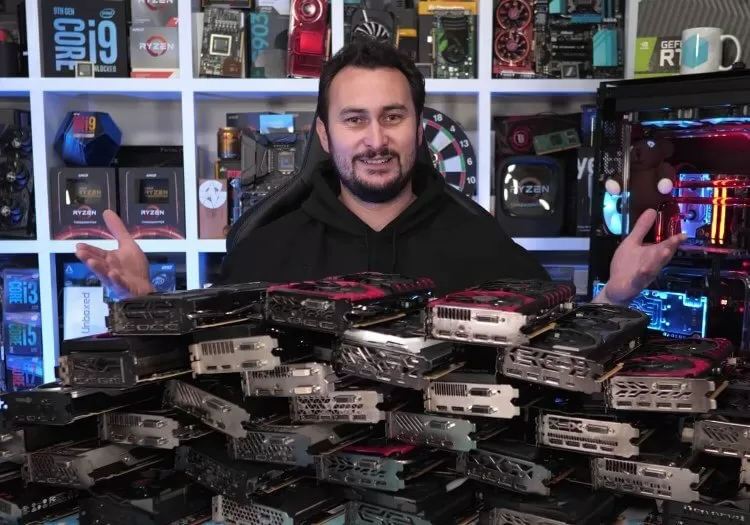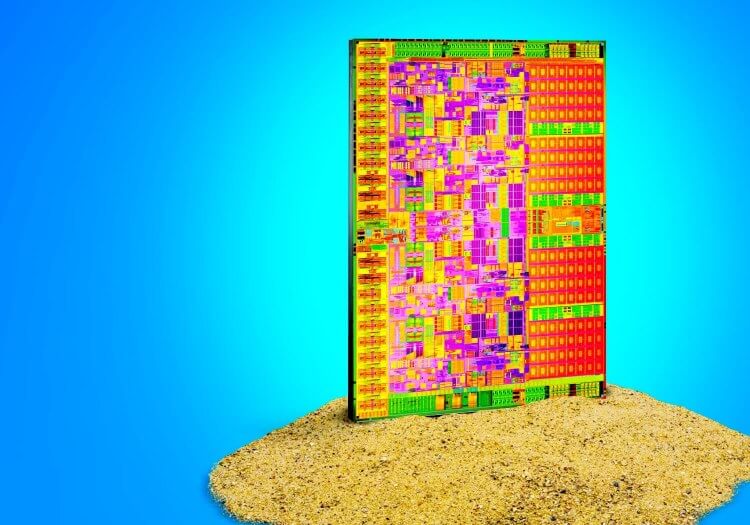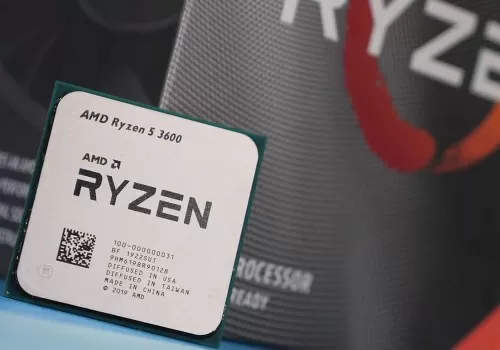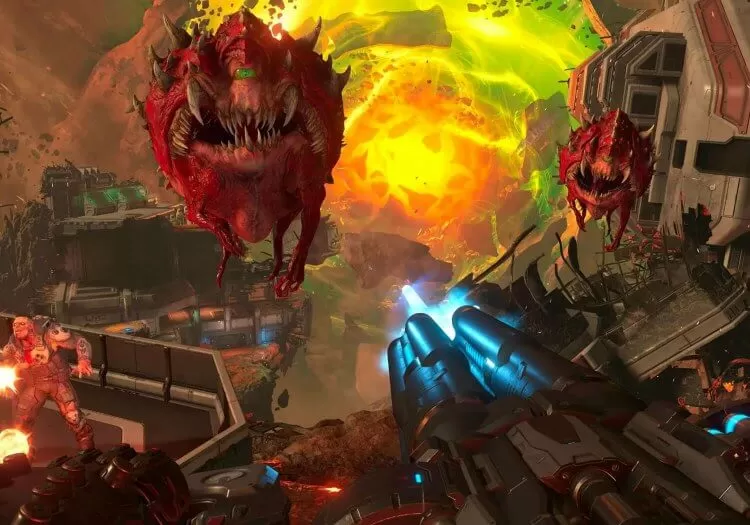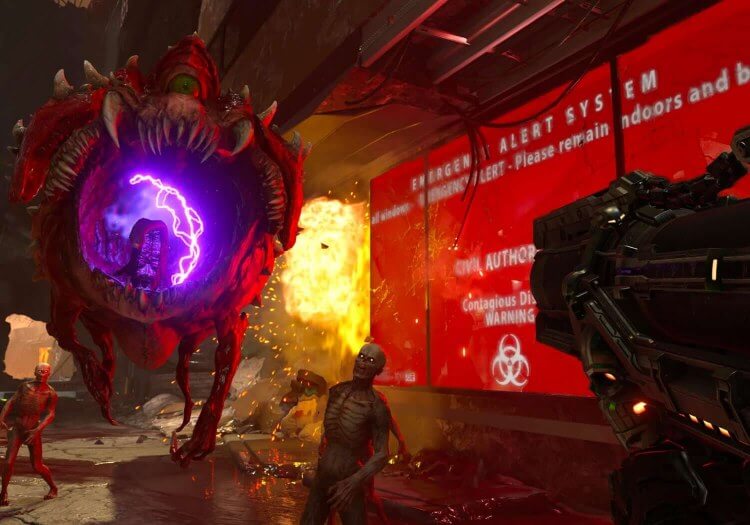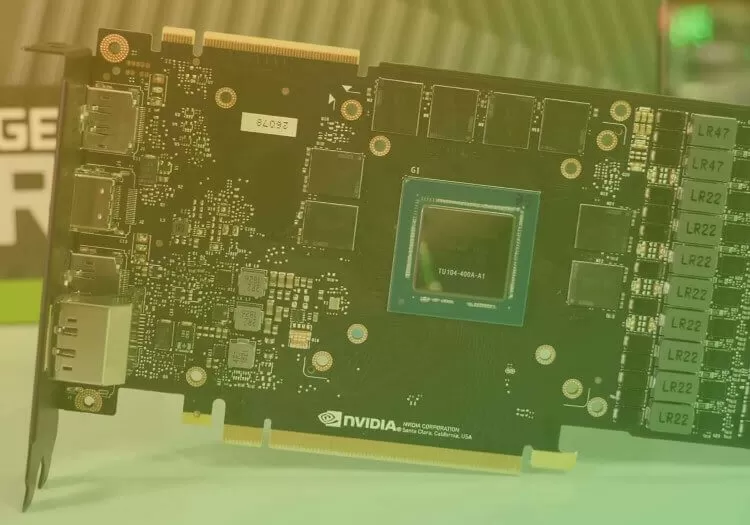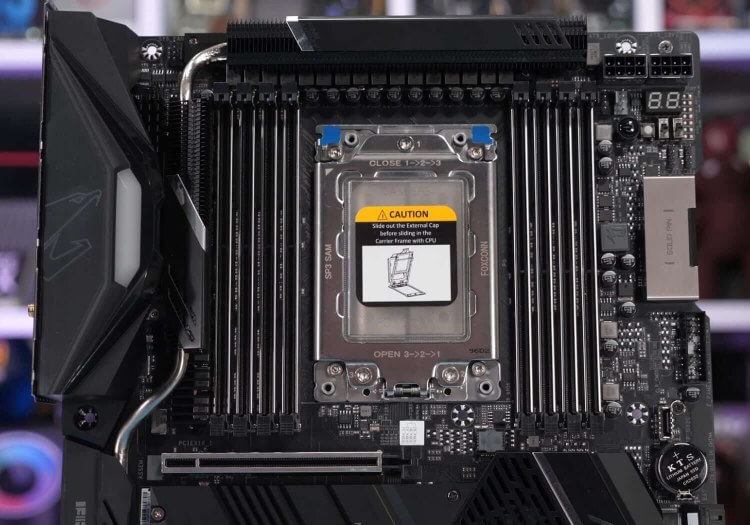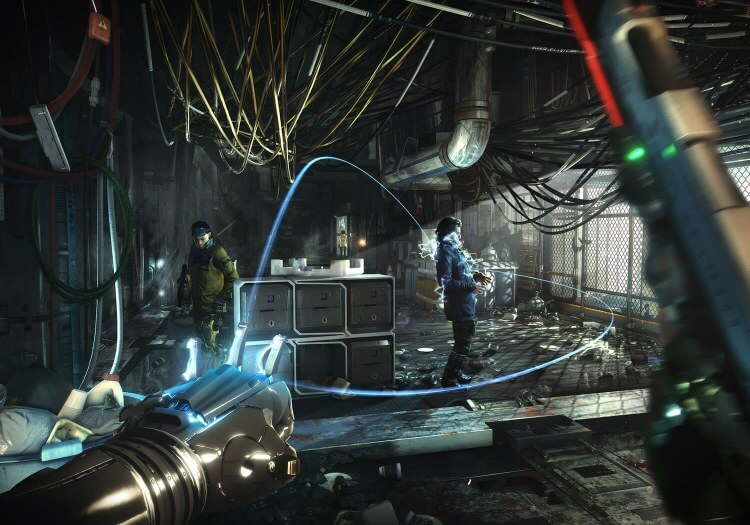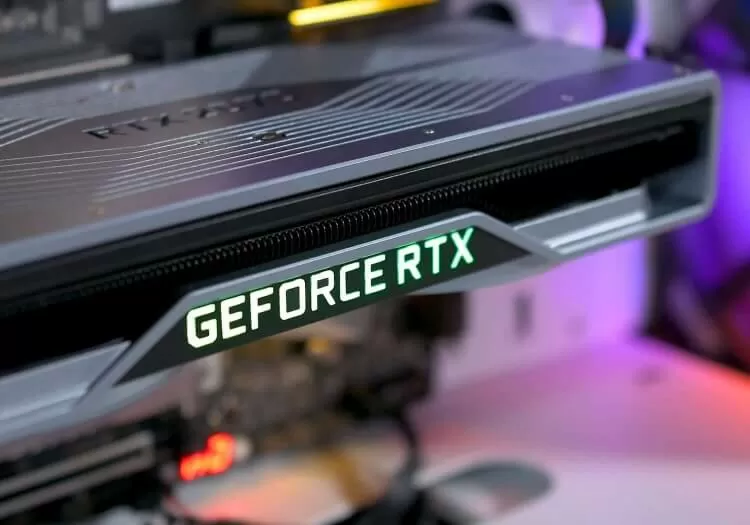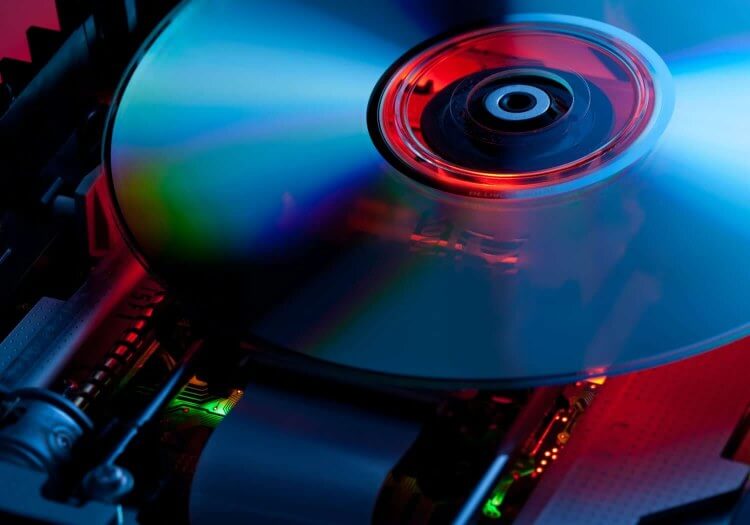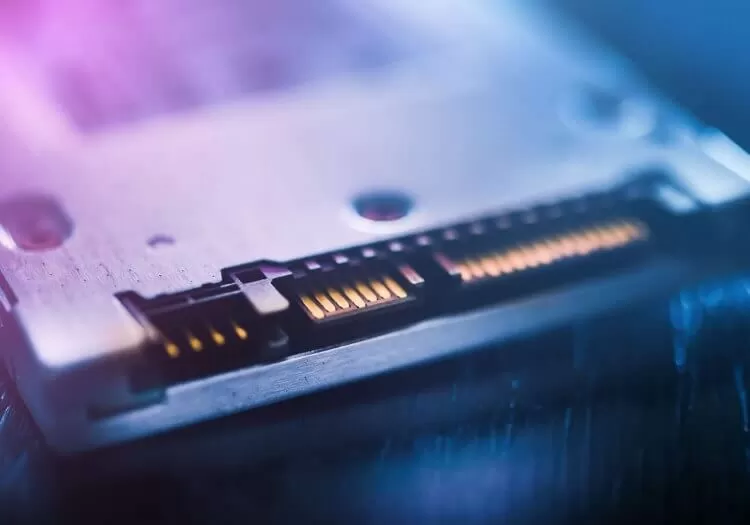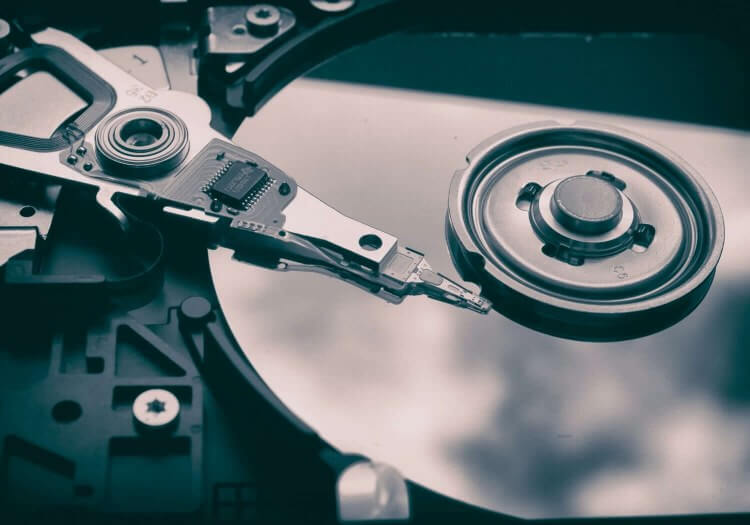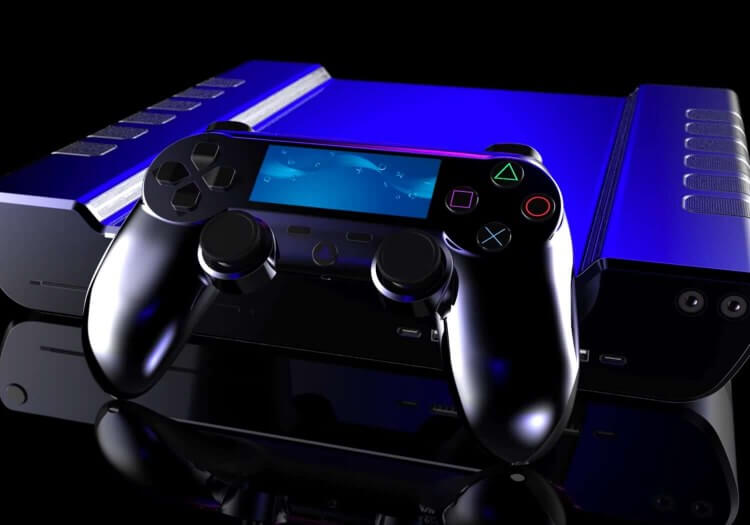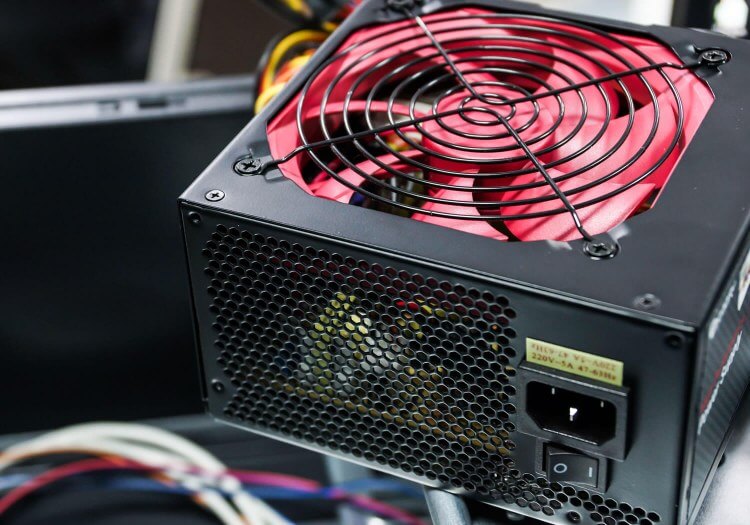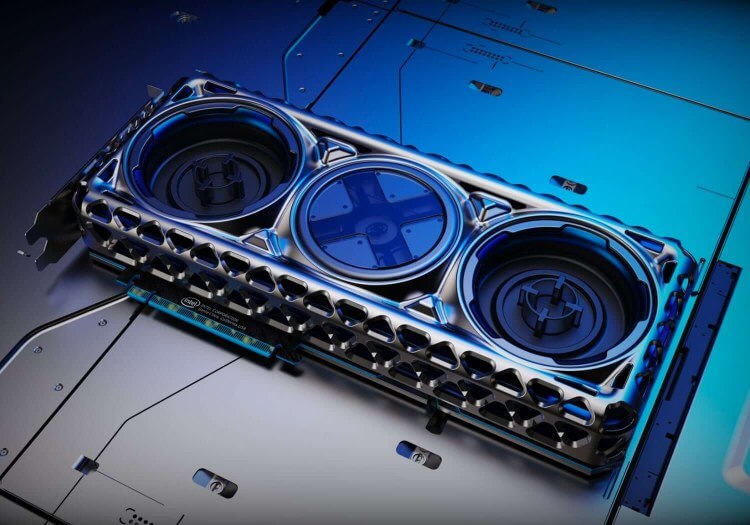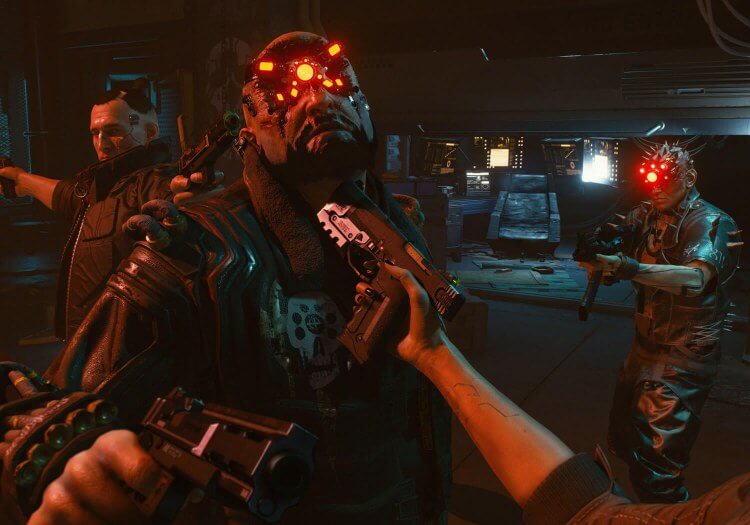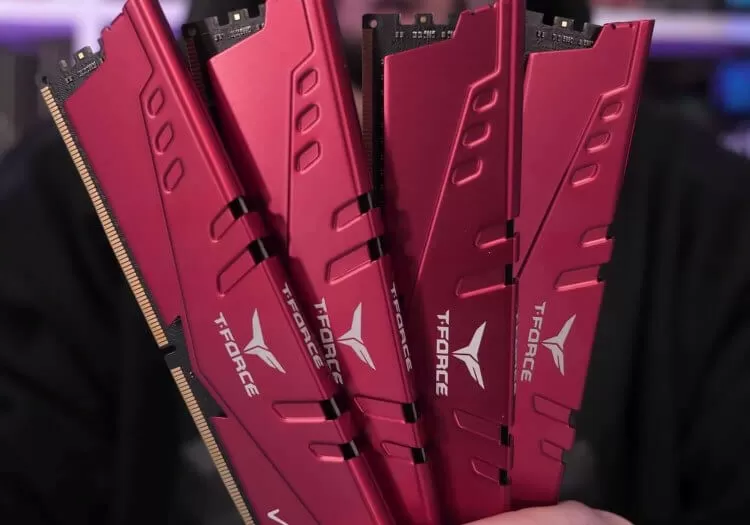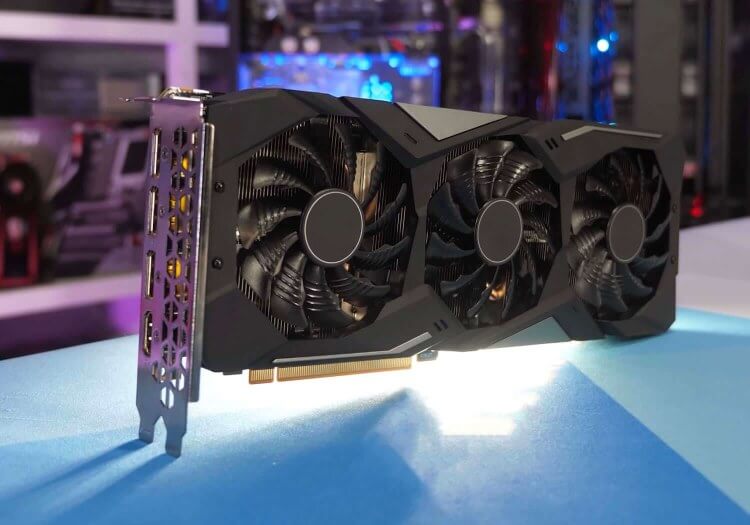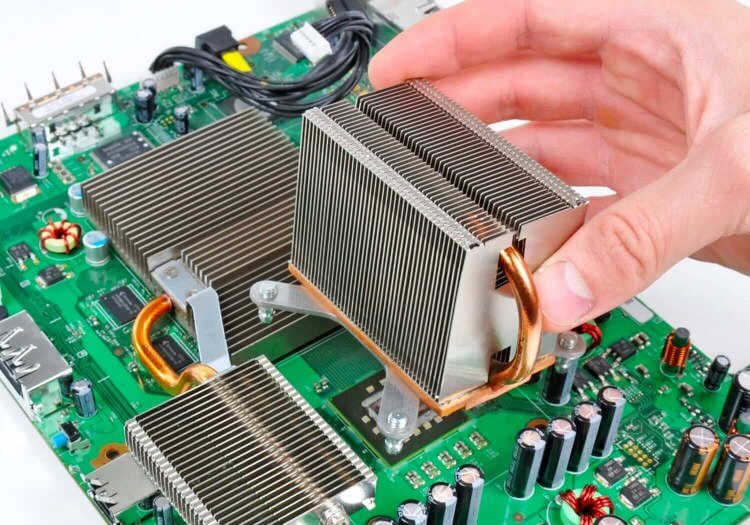Feature Index Page 14
-
History of the Microprocessor and the Personal Computer, Part 4
The personal computing business as we know it owes itself to an environment of enthusiasts, entrepreneurs and happenstance. The invention of the microprocessor, DRAM, and EPROM integrated circuits would help bring computing to the mainstream. This is the fourth installment in a five-part series exploring the history of the microprocessor and personal computing, from the invention of the transistor to modern day chips powering our connected devices.By Graham Singer on -
Network Attached Storage: What It is and Why You May Want It
If you have multiple computers, chances are you've wanted to get a file from one system to another at some point. Maybe you have some files on your phone that you want on your laptop, or media on a PC that you want to stream to a smart TV. Maybe you want a secure location to back up all your important files to. In any of these cases, Network Attached Storage (NAS) is a great option.By William Gayde on -
Benchmarking Your PC: A Guide to Best Practices
Take the computer know-how, the love of games, and the interest in components, and mix them all together. It's a perfect recipe for diving into benchmarking. In this article, we'll explain how you can use games to benchmark your PC and what you can do to analyze the results.By Nick Evanson on -
Is Virtual Reality Missing Its Moment?
Many believed VR would take video games to the next level. But even with better games and more impressive hardware, the sobering realization is that VR remains far from widespread adoption. Facebook may have had a once-in-a-lifetime opportunity to capitalize on an unfortunate circumstance. Perhaps the situation hit us, but VR in general is simply not there yet.By Shawn Knight on -
History of the Microprocessor and the Personal Computer, Part 3
The personal computing business as we know it owes itself to an environment of enthusiasts, entrepreneurs and happenstance. The invention of the microprocessor, DRAM, and EPROM integrated circuits would help bring computing to the mainstream. This is the third in a five-part series exploring the history of the microprocessor and personal computing, from the invention of the transistor to modern day chips powering our connected devices.By Graham Singer on -
History of the Microprocessor and the Personal Computer, Part 2
The personal computing business as we know it owes itself to an environment of enthusiasts, entrepreneurs and happenstance. The invention of the microprocessor, DRAM, and EPROM integrated circuits would help bring computing to the mainstream. This is the second in a five-part series exploring the history of the microprocessor and personal computing, from the invention of the transistor to modern day chips powering our connected devices.By Graham Singer on -
How to Replace the Battery in a DualShock 4 Controller
Sony's DualShock 4 is a really good controller that can double as your full-time PC gamepad as well. If you have an aging DS4, you may have noticed that it does not hold a charge as long as it once did. In this guide, we'll show you how to save over 70% by replacing your DualShock battery yourself.By Cal Jeffrey on -
How 3D Game Rendering Works: Lighting and Shadows
The vast majority of visual effects you see in games today depend on the clever use of lighting and shadows -- without them, games would be dull and lifeless. In this fourth part of our deep look at 3D game rendering, we'll focus on what happens to a 3D world alongside processing vertices and applying textures. It once again involves a lot of math and a sound grasp of the fundamentals of optics.By Nick Evanson on -
Working From Home Effectively: Dos and Don'ts
We want to help with a few helpful tips for working from home, not only of what you can do, but what you probably shouldn't. Our hope is that we can contribute with ideas that will get you than ready to tackle the challenge.By Shawn Knight on -
25 Years Later: A Brief Analysis of GPU Processing Efficiency
The first 3D graphics cards appeared 25 years ago and since then their power and complexity have grown at a scale greater than any other microchip found in a PC. In going from one million to billions of transistors, smaller dies, and consuming more power, the capabilities of these behemoths is immeasurably greater, but what can we learn about efficiency?By Nick Evanson on -
TechSpot's Annual Guide to Buying a Used Graphics Card
If your gaming PC is in desperate need of a GPU upgrade and you want to save as much money as possible, strap yourself in, this is the guide for you. For the past weeks we've been gathering data for about 80 AMD and Nvidia graphics cards. We've tested them all in 3 representative games using 2 quality presets each, and for the sake of our sanity, limited testing to 1080p performance.By Steven Walton on -
Anatomy of a CPU
The CPU is often called the brains of a computer, and just like the human brain, it consists of several parts that work together to process information. In today's explainer, we'll go over the key elements that make up a CPU and how they all work together to power your computer.By William Gayde on -
Resident Evil 3 Benchmarked
Resident Evil 3 is a remake of the PlayStation original released back in 1999, with brand new graphics and reimagined gameplay mechanics. But today we won't delve any deeper on that, but check out how the game performs on PC using a variety of GPUs tested at 1080p, 1440p and 4K.By Steven Walton on -
Ryzen 5 3600 vs. 3600X: Which should you buy?
We were among the first to review the Ryzen 5 3600 and at $200 we found the 6-core, 12-thread processor a crankin' good deal. In short, it murders the 9600K in core-heavy productivity benchmarks and was right there for the gaming tests. But without question the most popular question we received afterwards was: should you buy the Ryzen 5 3600 or the 3600X?By Steven Walton on -
DOOM Eternal Tested on Low-end Graphics Cards
Doom Eternal keeps receiving praises so we've doubled down on testing by benchmarking 40 GPUs at 1080p using the low quality preset. This works out to be a good guide for gamers who haven't upgraded GPUs in several generations or as a second-hand GPU guide for Doom Eternal.By Steven Walton on -
DOOM Eternal PC Graphics Benchmark
Doom Eternal is the series' latest demon-killing romp, bringing more weapon variety, a plethora of new demons to face off against, and exciting new environments to explore. Today we're taking 25 graphics cards to see how they perform in Doom Eternal using the latest optimized GPU drivers.By Steven Walton on -
Anatomy of a Graphics Card
Almost every desktop PC has one. They have billions of transistors, can use hundreds of watts of power, and can cost over a thousand dollars. They are masterpieces of electronic engineering and generate extremes in product loyalty and disdain... and yet the number of things they normally do can be counted one just one hand. Welcome to the world of graphics cards!By Nick Evanson on -
Threadripper 3990X TRX40 VRM Torture Test feat. Asus ROG Zenith II Extreme Alpha
Today we're going to perform some AMD TRX40 motherboard VRM thermal testing using the powerful 64-core Threadripper 3990X. To apply load we're using Blender with the system running at stock and overclocked to 3.8 GHz. The typical power draw for this system is around 450 watts, but once overclocked we are hitting as much as 850 watts. Toasty!By Steven Walton on -
15+ Titles Every PC Gamer Should Own
There are thousands upon thousands of PC games out there, and hundreds of good ones. However, some have stood out over the years, and cemented themselves as absolute must-haves in their respective genres. These are 15 titles we feel every PC gamer should have in their digital library.By Cohen Coberly on -
Nvidia DLSS in 2020: Stunning Results
We've been waiting to reexamine Nvidia's Deep Learning Super Sampling (DLSS) for a long time and after a thorough new investigation we're glad to report that DLSS 2.0 technology works. The upscaling power of the newer AI-driven algorithm is remarkable and gives Nvidia a real weapon for improving performance with virtually no impact to visuals.By Tim Schiesser on -
Anatomy of a Storage Drive: Optical Drives
You don't have to use magnetism or electrical charge to store data. It can be done using light, or more rather, the reflection of it. Okay, if you want to be really specific, it's done using the interference of infrared and visible electromagnetic waves, but let's not worry too much about that!By Nick Evanson on -
Anatomy of a Storage Drive: Solid State Drives
Just as transistors revolutionized computers, by increasing the speed at which circuits could switch and perform math operations, the use of semiconductor devices in storage devices was aimed at producing the same outcome. Lets dissect SSDs.By Nick Evanson on -
Anatomy of a Storage Drive: Hard Disk Drives
It's magnetic. It's electric. It's photonic. No, this isn't going to be about a new superhero trio in the Marvel universe. This is all about our precious digital data. So let's prep for theatre, scrub our hands clean, and dig into the anatomy of what we use today to hold onto our trillions of digital bits.By Nick Evanson on -
The Future of Tech: Gaming Consoles, the Xbox and PlayStation of Tomorrow
Consoles have come a very long way since the arrival of first-gen machines from Atari and Coleco in the seventies. Even the original PlayStation (1994) and Xbox (2001) look dated compared to today's machines, and that divide will grow even larger once the PS5 and Xbox Series X arrive at the end of 2020. But what about the future?By Rob Thubron on -
Anatomy of a Power Supply Unit (PSU)
Power supply units don't break headlines like the latest CPUs do, but they're awesome pieces of technology. Let's put on our gowns, masks, and gloves, and pull open the humble PSU -- breaking down its various parts and seeing what each bit does.By Nick Evanson on -
Intel Xe Graphics Preview v2.0
Intel is developing discrete GPUs for gamers, professionals, and servers, and they're all slated for release this year or coming in 2021. Intel's cards will either be the long-awaited saviors of a stagnant market, or they'll underperform and flop miserably (no pressure, Intel PR person reading this). This is our second round of investigation into Xe.By Isaiah Mayersen on -
The 10 Most Anticipated PC Games of 2020
Looking back before we move forward, 2019 was a good year for PC gaming. But in spite of how excellent many of those games are, they'll have some pretty stiff competition this year. With highly-anticipated titles like Mount & Blade: Bannerlord and Cyberpunk 2077 on the release docket, 2020 is set to be one hell of a year for PC gamers.By Cohen Coberly on -
Are More RAM Modules Better for Gaming? 4 x 4GB vs. 2 x 8GB
Today we're taking a look at the performance impact having four DDR4 memory modules can have on performance in a dual-channel system, opposed to just two modules. In this scenario all modules are operating at the same frequency, use the same timings and provide the same total memory capacity.By Steven Walton on -
2016's $170 GPU vs. 2019's $170 GPUs
Today we're going to review the sub-$200 graphics card market and see how it compares to what we were offered just a few years ago. We recently did this for the $400 price range and it was super interesting. The two most recent additions to this segment are the Radeon 5500 XT and Nvidia's GTX 1650 Super. Let's see how they do against previous generations.By Steven Walton on -
The Science of Keeping It Cool
Without properly managing heat, our electronic systems would destroy themselves or conversely, we'd be severely limiting our computing capabilities. This article will touch on the basic science of heat, how and why it is generated in electronics, and the various methods we have developed to control it.By William Gayde on
- 10
- 11
- 12
- 13
- 14
- 15
- 16
- 17
- 18
- Next
No products matched your criteria.
Try refining your search or go back to the popular listing.
